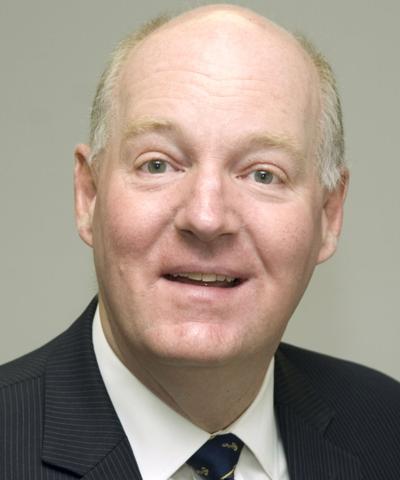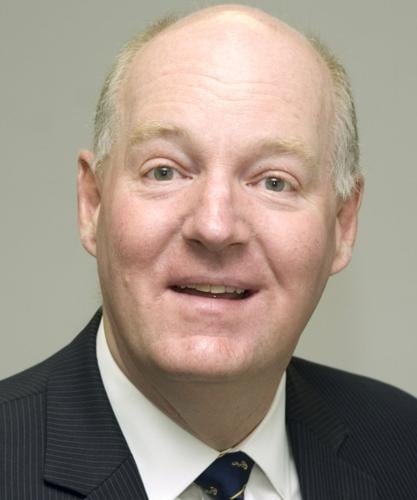Twenty years ago, not that long ago in the centuries-long history of Virginia politics, Republicans held both houses of the General Assembly, both U.S. Senate seats, and the offices of governor, lieutenant governor and attorney general. They seemed unassailable.
In 2001, adding icing to the cake, thanks to some creative drawing of the districts for the General Assembly, they created lopsided majorities in both the House of Delegates and State Senate. Virginia was solidly Republican. What’s more, it hadn’t gone for a Democratic candidate for president since 1964. The Commonwealth was ruby red.
In a column I wrote about that time, I observed, tongue in cheek, that the Democratic party wasn’t in all that bad a position. Because, since things couldn’t get any worse, they could only get better. Several of my Democratic friends refused to talk to me for a while after that. Can’t say as I blame them. I was probably being a little too cute. But it was true. Virginia’s voting record and say, that of Republican bastions like Kansas, were trending surprisingly close together.
However, in the mid-aughts and into the teens, Virginia began a rapid transition. One that happened quickly and with surprising completeness. So much so that Republicans haven’t won a statewide election since 2009 and recently lost their majorities in the General Assembly. So, what happened?
One thing that was happening was a demographic shift. Actually, a series of different demographic changes all happening at the same time. There have been changes in the age of our population, our ethnicity and in the number of people who moved here from someplace else. A good example is Fairfax County. Representing 15% of Virginia’s population, in 2000 they supported George W. Bush. By 2008 there had been enough changes in the county’s political makeup that they overwhelmingly supported Barack Obama. They haven’t voted for a Republican since. But, at first, this was just Fairfax. Then the trend started reaching further. It progressed to Prince William County (it doesn’t have a single GOP member of the House of Delegates at the moment) and to Loudon County. Arlington and Alexandria have long since gone to the Democrats.
So, a handful of localities switched overwhelmingly to the Democrats. How does that change things? The answer is that it’s also about population growth. The rate of growth in Northern Virginia has been so fast and so large that this liberal-leaning region now dominates Virginia politics. It’s dramatic. Color in the maps, red and blue, there are effectively two Virginias. One mostly suburban and liberal and one predominantly rural and conservative. In this rebalancing Democrats have made out the best.
The sad part is that where once Democrats could compete in rural areas and Republicans in suburban and urban areas — former Congressman Tom Davis was a good example — that’s become the exception.
When Mark Warner ran for the Senate, unsuccessfully in 1996, and later successfully for Governor in 2001, he performed well in Virginia’s rural counties. However, when he was running for reelection to the U.S. Senate in 2014 that support had faded away. The gap between state and national Democrats and their rural constituents had just gotten too wide. His victory that year, far narrower than expected, was exclusively a function of his lopsided support in Northern Virginia.
Since then, statewide Democrats seem to have given up on rural Virginia and instead put their efforts on pumping up the turnout in Northern Virginia. Since that’s where their voters are, it’s a hard strategy to counter. But it’s a shame they have ventured so far away from their rural roots.
The GOP on the other hand keeps drawing the losing hand. They get lopsided majorities in rural Virginia. Their support for gun rights and conservative social issues get them a lot of votes. But, that’s still not enough to win statewide. Alas, when it comes time to pivot to issues that are important to suburban and urban voters, they sometimes seem tone deaf. An argument, that in reverse, could be made about the Democrats. It’s just that for the time being, and probably for some time to come, the Democrats have demographics on their side.
What could help bridge this divide? A simple prescription. But it requires getting the base of both parties, the party thought leaders and activists, to show some interest. Democrats could show some passion for rural economic development and at the same time some sensitivity to their traditional socially conservative leanings. As for the GOP, in Virginia, they’re dragged down by the unpopularity of President Donald Trump, but that won’t last forever. However, getting beyond that, they need to expand their perspective. This means taking a creative interest in transportation, education and doing a better job at trying to understand the diversity of the state’s new suburbs and Virginia’s growing urban population.
David Kerr is an adjunct professor of political science at VCU and has worked on Capitol Hill and for various federal agencies for many years.




(0) comments
Welcome to the discussion.
Log In
Keep it Clean. Please avoid obscene, vulgar, lewd, racist or sexually-oriented language.
PLEASE TURN OFF YOUR CAPS LOCK.
Don't Threaten. Threats of harming another person will not be tolerated.
Be Truthful. Don't knowingly lie about anyone or anything.
Be Nice. No racism, sexism or any sort of -ism that is degrading to another person.
Be Proactive. Use the 'Report' link on each comment to let us know of abusive posts.
Share with Us. We'd love to hear eyewitness accounts, the history behind an article.